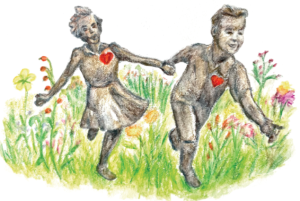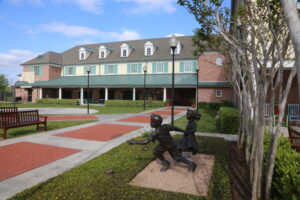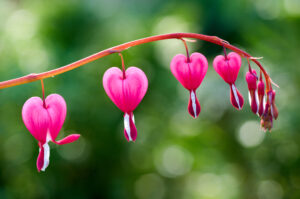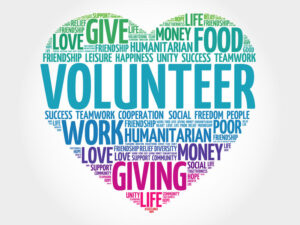Hello, my name is Sandra A. López. I am a Licensed Clinical Social Worker and maintain a clinical and consulting practice in Houston. I am also a recently retired Clinical Professor from the University of Houston Graduate College of Social Work.
I have had a longstanding relationship with Bo’s Place since it’s early beginnings in the community. I knew many of the founders who worked in such a dedicated fashion to establish this valuable resource. Since that time, I have remained a fan and am always happy to have opportunities to work with Mary Beth Staine and the talented, compassionate staff of Bo’s Place. As a Mexican-American, I have been especially appreciative of the tremendous efforts undertaken by Bo’s Place to connect with the Latino community. Given this initiative, I am happy to share some key details about a ritual which has played an important part in my life—Día de los Muertos (Day of the Dead).
Día de los Muertos is a day of celebration for many Latinos especially those in Mexico who may participate in this custom or practice. Generally it is celebrated October 31st through November 2nd and connects with All Saints Day as celebrated in the Catholic religion. This special celebration has moved far beyond Mexico and has now become a widely popular and an accepted practice throughout the United States. For those who celebrate Día de los Muertos, it is a means of honoring the dead, celebrating their lives, and enticing the soul and spirit for a visit with their families. Weeks before the Day of the Dead, families start preparing for the return of their loved ones by creating an altar (ofrenda) in their home.
Commonly, the ofrendas are adorned with marigolds, candles, and incense. The petals of the marigold (cempasuchitl) are used to make a pathway for the spirits of our loved ones. It is believed the scent and color of the marigolds attracts the spirits and leads them from the cemetery back to their home. On the ofrenda, many significant objects are placed as gifts to the deceased loved ones. It is common to have skeletons and skulls (calacas and calaveras) to depict the loved one and their personality or character. The ofrenda also holds four important elements –water, wind, fire, and earth. Water is given to quench the spirits’ thirst from their long journey and is usually put in a clay pitcher. Fire is signified by the candles and wind is signified by punched paper (papel picado). The earth element is represented by food, usually bread of the dead (pan de muertos). Other food and drinks which are considered favorites of the deceased are often left on the ofrenda.
I hope that I have sparked your interest in celebrating Día de los Muertos and that, like me, you will find this celebration to be a time of healing, comfort, and hope.















